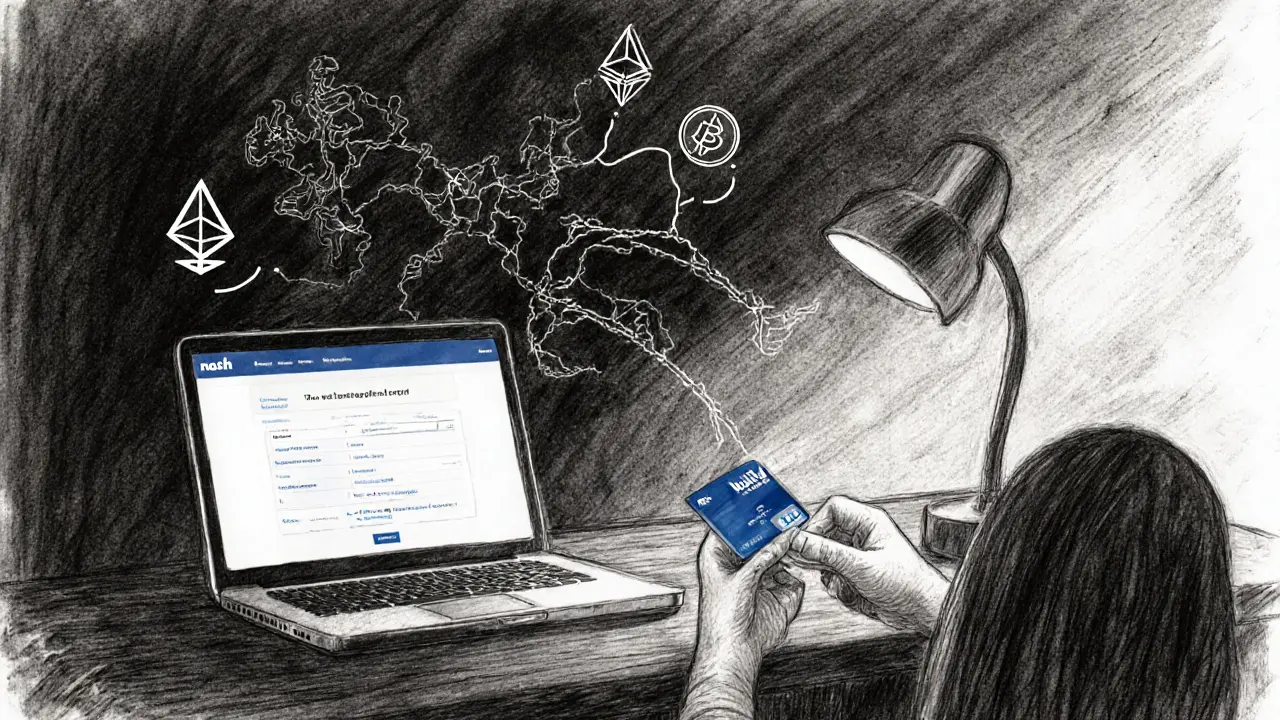Nash crypto exchange offers a secure, non-custodial way to buy and spend crypto with fiat in Europe. With a debit card, IBAN account, and 1% purchase fee, it's ideal for safety-focused users-but low liquidity limits large trades.
Nash DeFi: What It Is, How It Works, and Why It Matters in 2025
When you trade crypto on a centralized exchange like Binance or Coinbase, you’re handing over your keys to someone else. That’s where Nash DeFi, a non-custodial trading platform built on its own blockchain that lets users trade directly from their wallets without surrendering control. Also known as Nash Network, it was one of the early attempts to merge the speed of centralized exchanges with the security of decentralized ones. Unlike most DeFi apps that force you to swap tokens through complex liquidity pools, Nash DeFi uses a hybrid model—off-chain order matching with on-chain settlement. That means faster trades, lower fees, and no slippage, all while keeping your crypto safe in your own wallet.
Nash DeFi isn’t just another DEX. It’s built on a custom blockchain optimized for trading, not just smart contracts. That’s why it can handle order books like traditional platforms, something most DeFi protocols still struggle with. It also supports multi-chain assets, so you can trade Bitcoin, Ethereum, and tokens from BSC or Polygon without bridges or wrapped versions. And unlike platforms that lock your funds in liquidity pools, Nash never holds your crypto—you sign trades directly, and settlement happens on-chain only when the trade executes.
But here’s the catch: Nash DeFi never blew up like Uniswap or dYdX. It never got the hype, the airdrops, or the influencer buzz. Still, it’s quietly running, serving traders who care more about control than community memes. The Nash Network token (NASH) isn’t trading like a lottery ticket—it’s a utility token for fee discounts and governance, not speculation. And while many DeFi platforms have collapsed under regulatory pressure or rug pulls, Nash has stayed solvent, transparent, and focused on one thing: making crypto trading simple and safe.
If you’ve ever lost money to a failed liquidity pool, got frontrun by bots, or had your funds frozen on an exchange, Nash DeFi offers a different path. It’s not for everyone. You won’t find yield farming or staking rewards here. But if you want to trade crypto without trusting a third party, without waiting hours for settlement, and without paying $50 in gas fees for a $200 trade—you’re looking at one of the few platforms that actually delivers on that promise.
Below, you’ll find real reviews, breakdowns of its tech, comparisons to other exchanges, and updates on whether Nash DeFi is still alive in 2025. No fluff. No hype. Just what’s working, what’s not, and who should still be using it.

